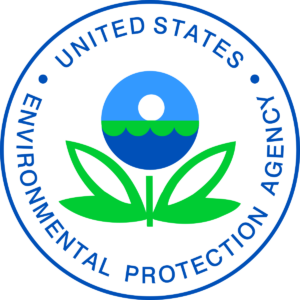June 15, 2023
 The Supreme Court's Sackett decision will change how the Environmental Protection Agency (EPA) and the U.S. Army Corps of Engineers (USACE) have sought to implement the Clean Water Act (CWA). The Court's rule explicitly directs agencies to stop reaching for CWA jurisdiction beyond tributaries with "relatively permanent" flow to traditionally navigable waters or beyond those wetlands with a direct water connection to traditionally navigable waters or tributaries. Water features beyond that point are the purview of the CWA's state-federal cooperative federalism framework. The agricultural community believes that cooperative federalism can ensure the water quality goals of the CWA can be met and encourages the agencies to engage in this cooperative work.
The Supreme Court's Sackett decision will change how the Environmental Protection Agency (EPA) and the U.S. Army Corps of Engineers (USACE) have sought to implement the Clean Water Act (CWA). The Court's rule explicitly directs agencies to stop reaching for CWA jurisdiction beyond tributaries with "relatively permanent" flow to traditionally navigable waters or beyond those wetlands with a direct water connection to traditionally navigable waters or tributaries. Water features beyond that point are the purview of the CWA's state-federal cooperative federalism framework. The agricultural community believes that cooperative federalism can ensure the water quality goals of the CWA can be met and encourages the agencies to engage in this cooperative work.
The current Biden Administration's waters of the U.S. (WOTUS) rule was enjoined in 27 states by the lower courts. The lower courts and Sackett decisions should force a thorough rewrite of the current rule. Even so, the EPA and USACE may continue to administer greater jurisdictional reach than that envisioned in Sackett but will be unable to get around the Supreme Court's conclusion that the "significant nexus" is unlawful. EPA and USACE may identify creative ways to interpret "relatively permanent." While the Court stated that it does not include temporary or intermittent tributaries, there is room for interpretation. Assistance may come from the four pending lower courts challenging how the Biden rule interprets "relatively permanent."
UEP will continue monitoring these legal matters and how the agencies respond. Congress will likely soon petition EPA and the Court to move forward with jurisdictional determinations to comply with all aspects of the Sackett decision.
For video, photos and other resources, view Resources.
For media inquiries or
interview requests, contact Hinda Mitchell.